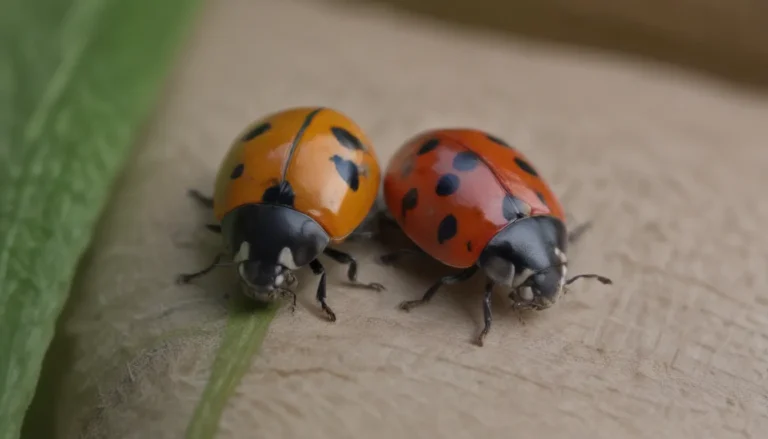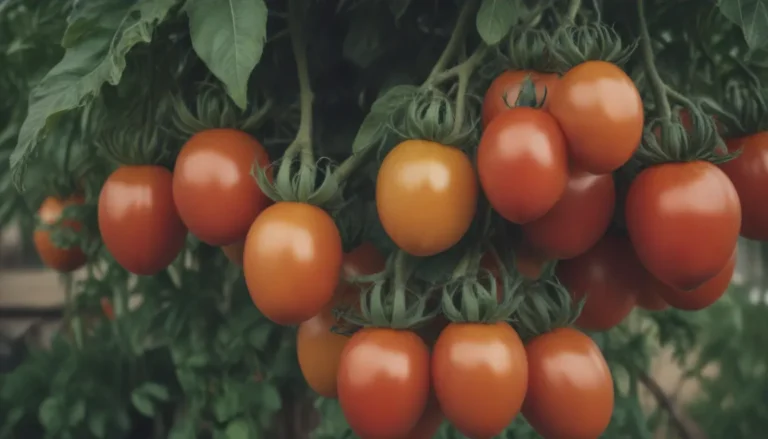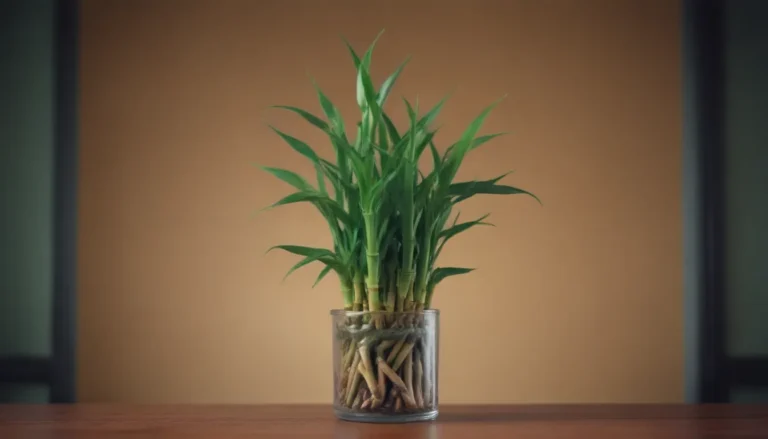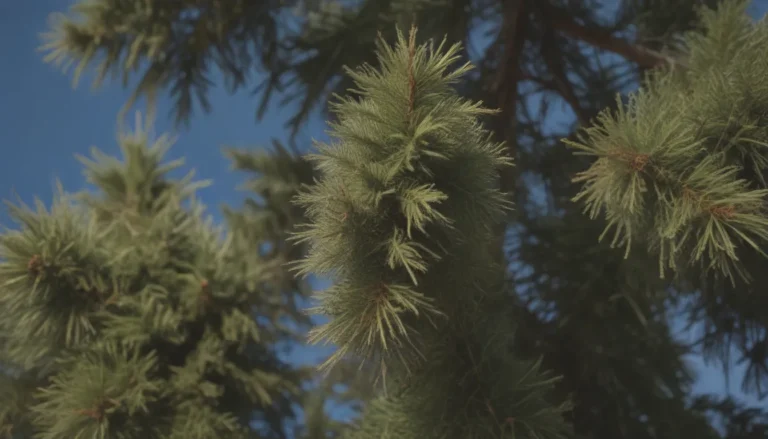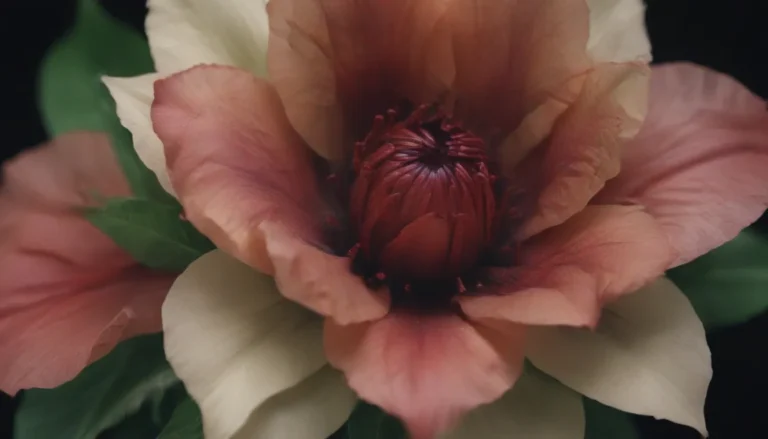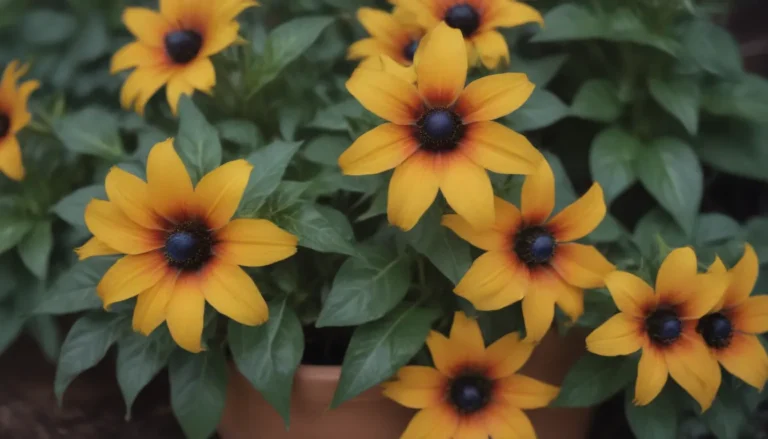Transforming Your Garden: Trees That Attract Hummingbirds
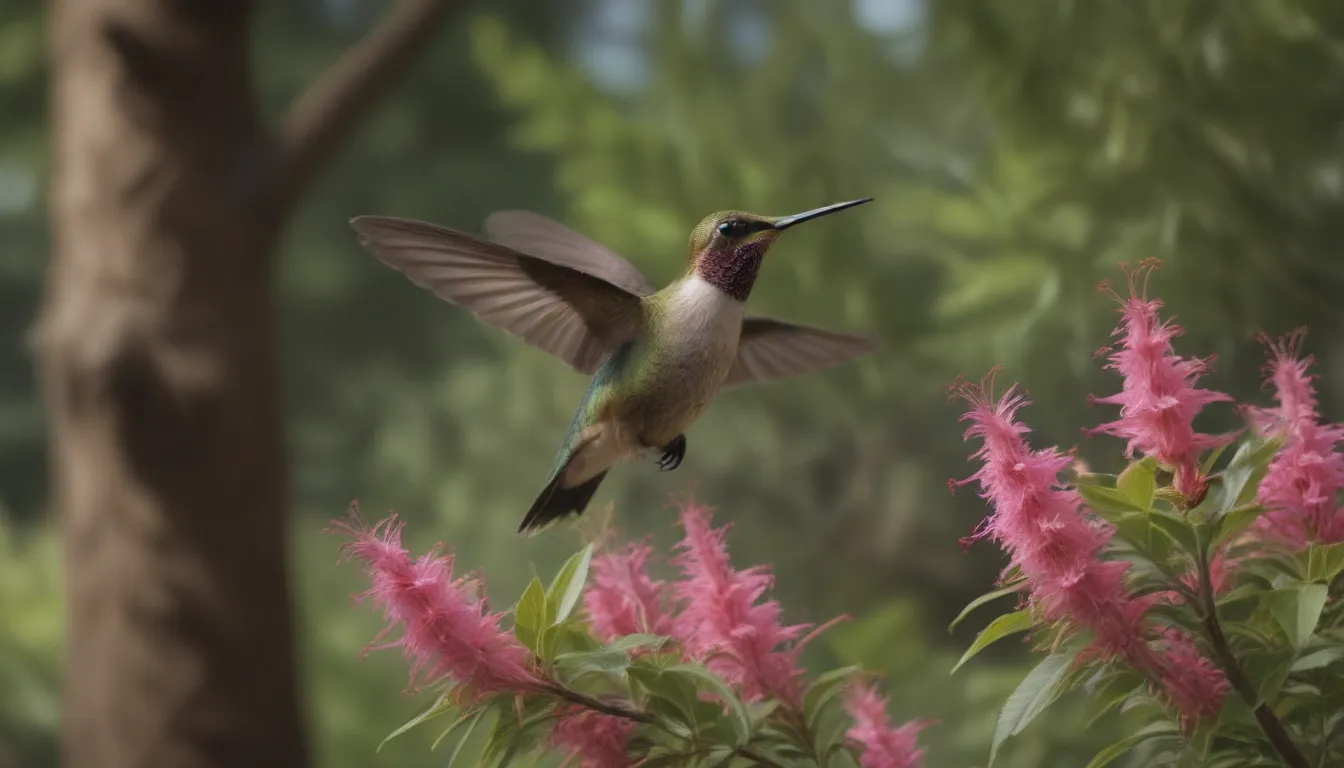
If you’re a gardening enthusiast looking to bring some life and color into your outdoor space, attracting hummingbirds is a fantastic way to achieve that goal. These tiny, buzzing birds are a joy to watch as they flit from flower to flower in search of nectar. By planting specific trees in your garden, you can create a welcoming environment for these delightful visitors. In this comprehensive guide, we’ll explore the top trees that attract hummingbirds, providing you with valuable information to enhance your gardening experience.
Why Attract Hummingbirds?
Before we delve into the specific tree species that are favored by hummingbirds, let’s take a moment to understand why these birds are such desirable guests in the garden. Hummingbirds are not only beautiful to observe with their iridescent feathers and rapid wing movements, but they also play a crucial role in pollination. As they feed on nectar, they inadvertently transfer pollen from one flower to another, aiding in the reproduction of plants. By attracting hummingbirds to your garden, you’re not only adding a touch of whimsy to your outdoor space but also supporting the ecosystem.
Creating a Hummingbird-Friendly Environment
Attracting hummingbirds to your garden involves more than just planting the right trees. Here are a few tips to create a welcoming environment for these charming birds:
-
Provide a water source: Hummingbirds not only need nectar from flowers but also require water for bathing and drinking. Consider setting up a shallow birdbath or a dripping water feature to meet their hydration needs.
-
Install hummingbird feeders: While trees with nectar-rich flowers are a natural attractant for hummingbirds, you can supplement their diet by hanging hummingbird feeders in your garden. These feeders provide a steady supply of nectar to keep the birds coming back for more.
Now, let’s explore the top 10 trees that are sure to attract hummingbirds to your garden:
1. Crabapples (Malus spp)
Crabapple trees burst into bloom in spring with shades of white, red, and pink flowers. These trees not only add beauty to your garden but also serve as a valuable food source for hummingbirds. Additionally, crabapples can cross-pollinate with other apple trees, benefiting both you and neighboring orchards.
- USDA Growing Zones:
- Size:
- Exposure:
2. Eastern Redbud (Cercis Canadensis)
One of the earliest bloomers in spring, the Eastern Redbud sports delicate pink flowers that create a striking visual display. The ‘Forest Pansy’ cultivar even features purple foliage, adding another dimension to this tree’s appeal. Western Redbuds are also known to attract hummingbirds.
- USDA Growing Zones:
- Size:
- Exposure:
3. Eucalyptus Trees
In warmer climates, eucalyptus trees offer scarlet blossoms that are a magnet for hummingbirds. Some eucalyptus species can thrive in slightly cooler temperatures, making them a versatile choice for gardeners.
- USDA Growing Zones:
- Size:
- Exposure:
4. English Hawthorn (Crataegus Laevigata)
English Hawthorn trees produce white or pink blossoms that give way to red pome fruit once pollinated. Other Crataegus species also attract hummingbirds, making them a popular choice for gardeners seeking to lure these birds to their outdoor space.
- USDA Growing Zones:
- Size:
- Exposure:
5. Horse Chestnut (Aesculus Hippocastanum)
With tall clusters of white flowers in spring, the Horse Chestnut is a sight to behold. However, it’s essential to note that this tree can become invasive under certain conditions, so it’s wise to consult a horticulturist before planting. Consider the Aesculus x carnea hybrid as an alternative hummingbird-friendly option.
- USDA Growing Zones:
- Size:
- Exposure:
6. Northern Catalpa (Catalpa Speciosa)
Featuring orchid-like blossoms and footlong leaves, the Northern Catalpa is a unique addition to any garden. Hummingbirds are drawn to this tree’s abundant flowers, making it a favored choice for those looking to attract these birds. Southern Catalpa can also be grown to appeal to hummingbirds.
- USDA Growing Zones:
- Size:
- Exposure:
7. Red Buckeye (Aesculus Pavia)
The Red Buckeye, a relative of the Horse Chestnut, is a favorite among hummingbirds for its nectar-rich flowers. This tree, which can be a small tree or large shrub, should be planted with caution as all parts of the plant are toxic if ingested.
- USDA Growing Zones:
- Size:
- Exposure:
8. Silk Tree (Albizia Julibrissin)
Known for its pink powder puff-like blossoms, the Silk Tree adds a touch of elegance to any garden. While it can be invasive in some regions, this tree thrives under adverse conditions and can be a valuable addition to a hummingbird-friendly landscape.
- USDA Growing Zones:
- Size:
- Exposure:
9. Strawberry Tree (Arbutus Unedo)
Clusters of bell-shaped white flowers adorn the Strawberry Tree, followed by round orange and red fruit that are visually appealing. This tree, belonging to the Ericaceae family, is a favorite among hummingbirds for its nectar-producing blooms.
- USDA Growing Zones:
- Size:
- Exposure:
10. Tulip Tree (Liriodendron Tulipifera)
With yellow and orange tulip-like blossoms, the Tulip Tree adds a pop of color to your garden. The distinctive flower shape and foliage make this tree a standout choice for attracting hummingbirds to your outdoor oasis.
- USDA Growing Zones:
- Size:
- Exposure:
In Conclusion
By incorporating these hummingbird-friendly trees into your garden, you can create a vibrant and welcoming habitat for these delightful birds. Remember to provide a water source and consider adding hummingbird feeders to enhance the appeal of your outdoor space. With the right trees and a few simple additions, you can transform your garden into a hummingbird haven that will bring joy and beauty for years to come. Happy gardening!
